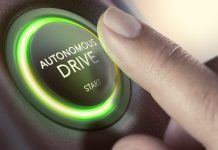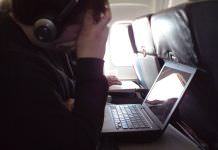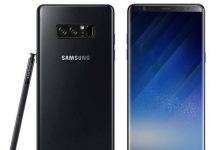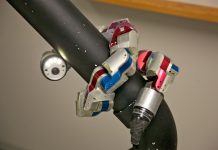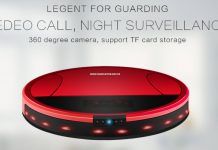GM and Waymo self-driving cars require lesser intervention and report fewer disengagements over the past year.
Self-driving cars are the thing of the future. A lot of tech and automobile giants are working steadfastly to bridge the gap between the present and that future. While Alphabet Inc. unit’s car continues to lead the way, General Motors and Waymo are showing they can compete at the report about their cars shows promising signs.
Alphabet Inc. unit’s cars required engineers to take control of the vehicle only 63 teams for the 325,000 miles its cars racked up on California public roads in 2017. But GM and Waymo showed that during testing, they had to disengage their self-driving cars less than once for every 1,000 miles.
The information provided by California’s annual reports is by no means complete or a proper indication of how things are, but it is the best we have got. Other states promote testing on their roads by agreeing not to disclose such statistics and providing tech and auto companies absolute freedom to test their vehicles.
There are also closed-tracks in some parts to facilitate and promote self-driving car testing. But the 2017 California Department of Motors’ report gives us some insight, and that is that GM and Waymo had 0.8 and 0.18 disengagements for 1,000 miles respectively.
However, General Motors Cruise Chief Executive Office Kyle Vogt says that GM uses more real life and tougher challenges to test its cars. They test cars in suburban San Francisco which poses absurd conditions for the self-driving cars at times. Other companies use less challenging and easier to traverse paths in order to show better numbers. Vogt went on to say that the cars tested in San Francisco experience such conditions up to 46 times more than cars tested in other areas.
While General Motors and Waymo are showing they will compete with others, the existing players are doing their bit as well. Zoox Inc. is a Silicon Valley start-up. It reported 14 disengagements for 2,244 miles it’s self-driven cars covered last year. This comes down to a rate of 6 disengagements per 1,000 miles.
Mercedes-Benz, on the other hand, provided not so impressive statistics with 824 automatic or manual disengagements for 1,088 miles driven. Tesla Inc. works differently from the rest of the lot as it does not do such testing. It uses test tracks and simulations to get more data on its autonomous cars. Customers can also use the Shadow Mode to see data about the autopilot system.





